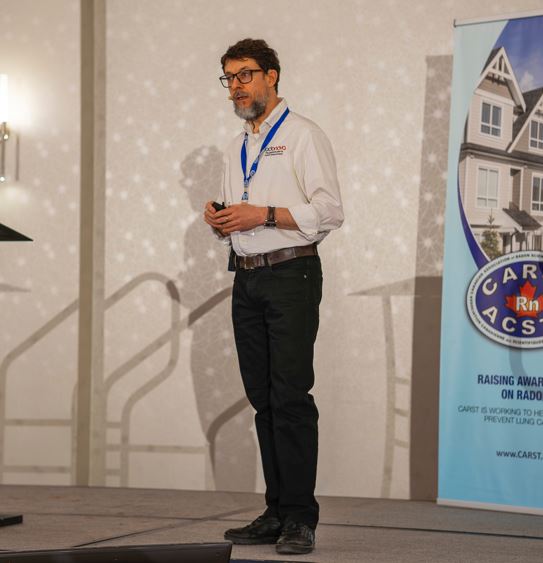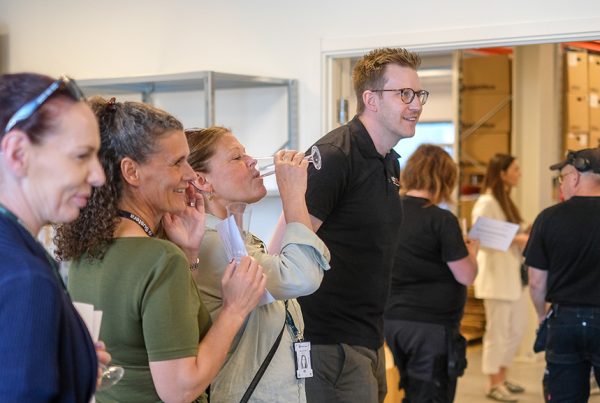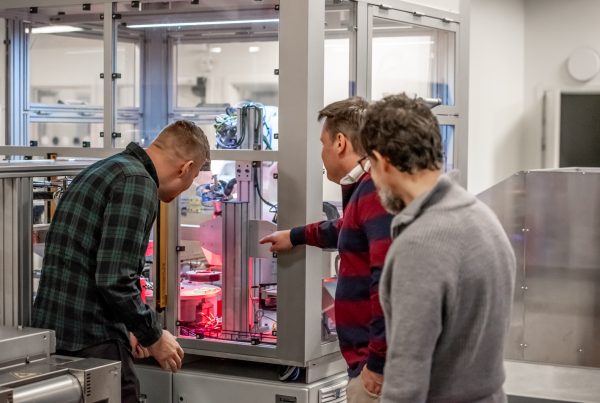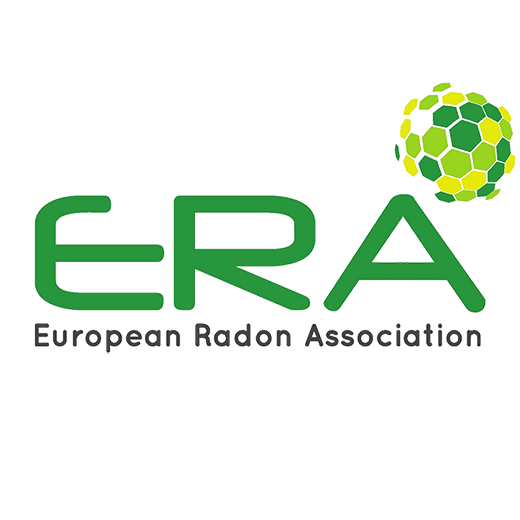When measuring and analyzing radon levels, it is important to use a dose conversion factor. This is a separate calculation that allows for an accurate estimation of the health risks associated with exposure to radon. Radon gas itself is not directly harmful, but its decay product, radon daughters, are radioactive and can get trapped in the lungs when inhaled. This can lead to an increased risk of lung cancer, especially if one is exposed over a longer period.
The dose conversion factor helps to convert measurements of radon concentration into estimates of the radiation dose received by individuals exposed to radon. By understanding the relationship between radon content and radiation dose, health authorities can develop guidelines and regulations to protect public health. However, in Sweden, the hygienic limit values for radon exposure are expressed in total radon exposure for which no dose conversion factors are used.
A standard calculation facilitates actions and communication
Using an accurate dose conversion factor is crucial for correctly assessing radon-related health risks and implementing appropriate measures to reduce them. It also ensures that efforts such as radon-lowering solutions or ventilation improvements are used in a way that reduces exposure and protects people’s health.
“As more radon measurements are carried out, we also learn more about the dose conversion factor and how to use it as accurately as possible. At the least, it’s about ensuring that different countries use the same method to calculate the radon dose. Otherwise, the calculated radon dose the individual is exposed to may vary greatly for the same radon content. It’s also about the importance of being able to communicate the risks associated with radon in a correct and understandable way,” says José-Luis Gutiérrez Villanueva, Radonova’s expert in data analysis and various techniques for radon measurement.
At the recent CARST (Canadian Association of Radon Scientists and Technologists) annual conference, José-Luis Gutiérrez Villanueva provided a presentation on the history of the dose conversion factor and how it has evolved over time.







